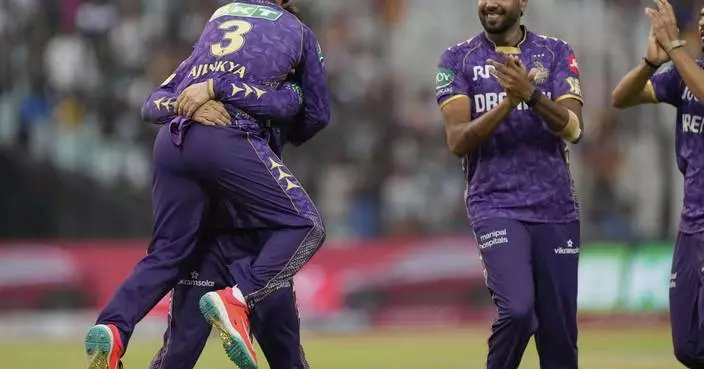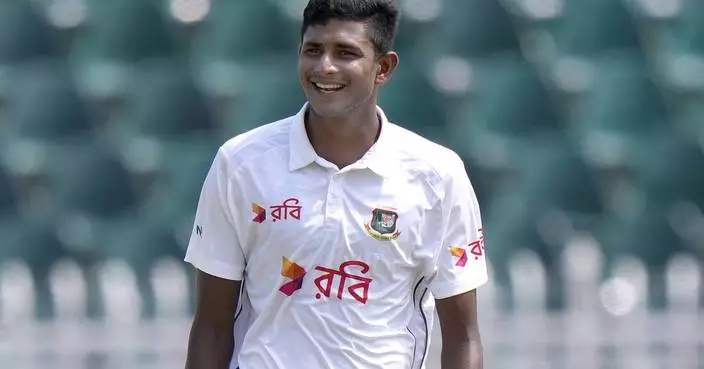Chinese scientists have successfully decoded the genome of tardigrades and revealed the key mechanism that makes the creature resistant to radiation, opening the door to a comprehensive understanding of the ultra-strong radiation tolerance mechanism.
Tardigrades, also known as water bears, are a type of aquatic invertebrate that can survive in extreme environments, including superstrong radiation, high temperature, high pressure, low temperature, dryness, and even the vacuum of outer space.
Their study, published in Science on Friday, can give scientists insights into what makes the tardigrades have such an ability to withstand harsh conditions.
After more than six years of arduous research, Chinese scientists have discovered and successfully established a laboratory culture system for tardigrades, mapped their high-quality genome, and uncovered their key mechanism of tolerance to ultra-strong radiation.
"We've found that the molecules, which play a role in anti-radiation protection for tardigrades, can significantly improve the anti-radiation ability of human cells after being transferred into human cells. This suggests that they have important potential application value and can provide a theoretical basis for the development of defense for human against ultra-strong radiation damage," said Zhang Lingqiang, researcher at the Academy of Military Medical Sciences under the People's Liberation Army Academy of Military Sciences.

Chinese scientists decode radiation-resisting powers of tardigrade

Chinese scientists decode radiation-resisting powers of tardigrade
China's Q1 monetary policy signals resilience amid global economic uncertainty, boosting confidence in social financing and foreign trade, according to an economic expert.
A report released on Friday by the People's Bank of China (PBOC), China's central bank, indicates that China's counter-cyclical adjustment of its monetary policy yielded notable results in the first quarter. The total volume of finance had grown steadily, the credit structure had been continuously optimized, and the exchange rate of Chinese yuan had remained generally stable at a reasonable and balanced level, according to the report.
Specific policy operations have undergone further refinement, said Dong Ximiao, chief researcher at the Merchants Union Consumer Finance Company.
"With the support of various monetary policies, China's monetary credit has grown reasonably, the overall social financing cost has steadily declined, and the credit structure has been further optimized. The cumulative effects of many years of reserve requirement ratio and interest rate cuts have become more evident, and the overall social financing environment remains relatively relaxed," he said.
The report also sends new policy signals, including enhanced support for the real economy and efforts to boost consumption, according to Dong.
"Macroeconomic policies have been actively responding and focusing on key areas, with stabilizing foreign trade becoming an important direction for future policy support. The central bank has recently introduced a timely package of policies. At a critical moment impacted by external shocks, the policies have stabilized the market and expectations, showcasing the positive impact of monetary policy," said Dong.

China's Q1 monetary policy signals positivity amid global shocks: expert

























































